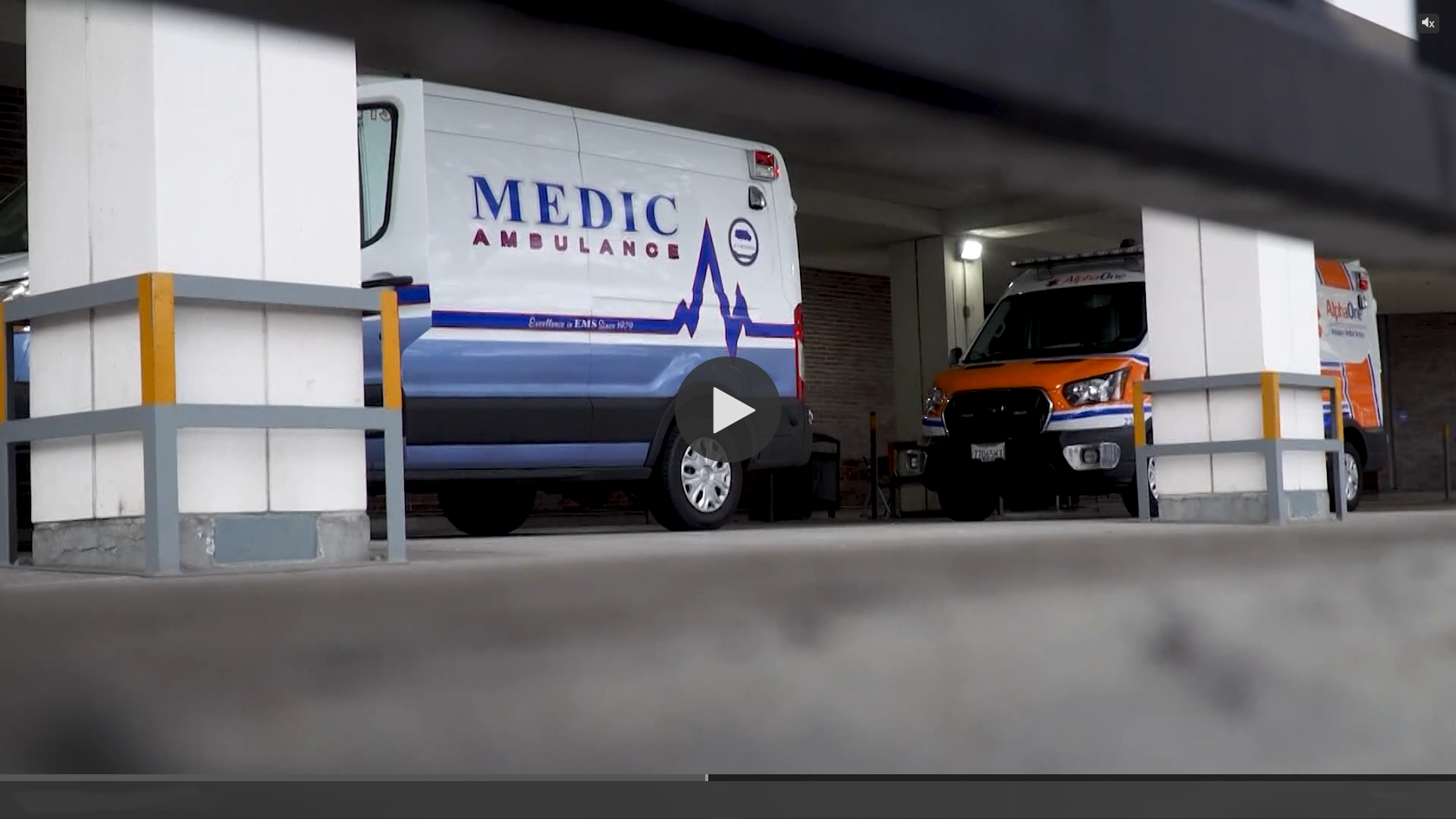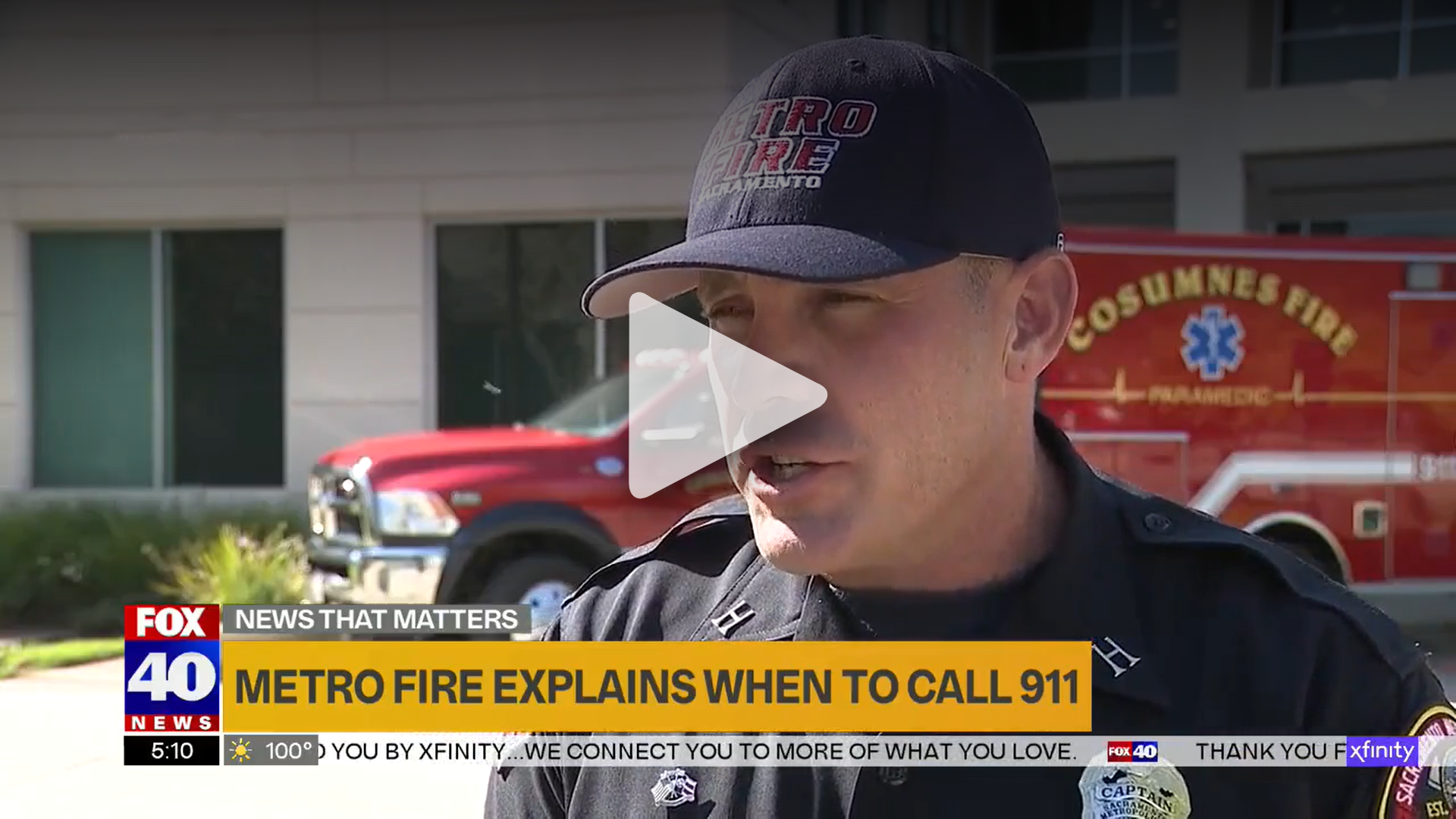Seeking care in all the right places
As we move into a post-pandemic world, we’re picking back up our pre-pandemic routines. For many, this means once again seeking clinical care: scheduling doctor’s appointments, making sure we’re up-to-date on vaccines, and taking preventative wellness measures to reduce the risk of chronic disease. The Sacramento region is home to many options for care. UC Davis Health, Kaiser Permanente, Sutter Health, and Dignity Health all offer emergency departments, walk-in care, urgent care, and primary care health centers.
With so many options for care, how do patients know where to go?

When you get sick or hurt, it can be hard to decide whether to see your regular doctor, go to a hospital emergency room, or visit an urgent care walk-in center.
Here’s a handy guide to help you make the best choice.
For preventative health services, check-ups and other non-urgent health needs, primary care physicians are the ideal place to make an appointment.
For same-day care when you or a family member is not feeling well or has sustained a minor injury and you need to see a clinical care giver right away, walk-in care or urgent care are appropriate places to seek help. Many urgent care sites offer same-day appointments for convenience.
To seek emergency care for severe illness and injuries, community members should visit an emergency department. Finally, in life-threatening emergencies, we always encourage our community to dial 9-1-1 to reach out to first responders who can render immediate aid.
OTHER RESOURCES
City of Sacramento 311: Government services including utilities, animal control, and other services
City of Sacramento 311 smartphone app
Sacramento 211 program: Social services including housing, cooling centers, and help for seniors
Sacramento County 988 program: Suicide prevention
*If you feel you are in an emergency where your life is at risk, call 911.



